An overview of selected new books in Szilárd Library, with a word from their authors, reviewers and publishers
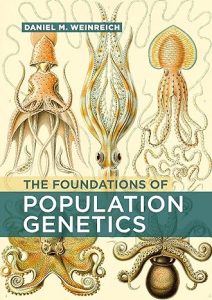
By Daniel M. Weinreich
Population genetics is the branch of evolutionary biology concerned with understanding how and why populations’ genetic compositions change over time—rests on a well-developed theoretical foundation that draws on genetics, mathematics, and computer science. This book illustrates the conceptual framework, terminology, and methods of mathematical modeling. It progressively introduces concepts from genetics as needed, while emphasizing biological implications throughout.
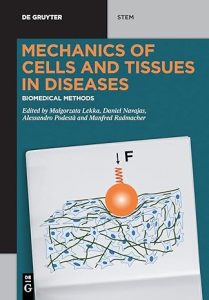
Edited by Malgorzata Lekka et al.
This book presents a comprehensive description of the basic concepts of soft matter mechanics and of the nano- and microscale biomedical methods that allow characterizing the mechanical properties of cells and tissues. Introduces the basics of physics and biology of the cell before delving into the mechanics of diseases.
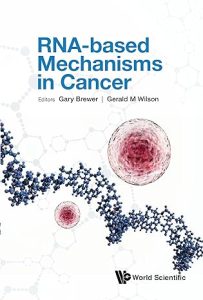
Edited by Gary Brewer and Gerald M Wilson
This book presents our current understanding of selected posttranscriptional control mechanisms and the RNAs that they regulate. Each chapter provides an overview of a specific RNA-directed regulatory system and the RNA/protein factors involved, then discusses major findings in the field and their relationships to the development and/or treatment of cancer and associated diseases.
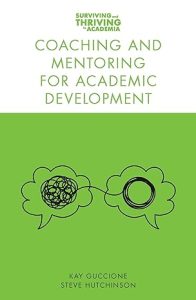
By Kay Guccione and Steve Hutchinson
Written for all who mentor or coach in universities, this book addresses a critical question: how can mentoring and coaching conversations be effective and accessible ways to support researcher and academic development? Including bite-sized chapters packed full of applied solutions, the authors help you to design, re-design, or troubleshoot your mentoring or coaching approach, and offer up go-to guidance for building and enhancing a culture of developmental dialogue at the individual, programme and organisational level.

Edited by Judith S. Weis, Francesca De Falco and Mariacristina Cocca
This book examines the critical issue of environmental pollutants produced by the textiles industry. Compromised of contributions from environmental scientists and materials and textiles scientists, this edited volume addresses the environmental impact of microplastics, with a particular focus on microfibres released by textiles into marine and water environments.
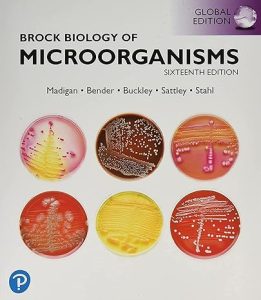
By Michael T. Madigan et al.
The 16th edition of Brock Biology of Microorganisms sets the standard for accuracy, impeccable scholarship, a visually stunning art program, and the use of cutting-edge research to illustrate basic concepts. The text guides students through the six major themes of microbiology ― Evolution, Cell Structure and Function, Metabolic Pathways, Information Flow and Genetics, Microbial Systems, and the Impact of Microorganisms.
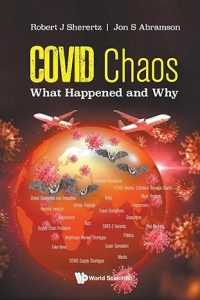
By Robert J. Sherertz and Jon S. Abramson
COVID Chaos is a book about the 2019 SARS-CoV-2 Pandemic that was written real time, spanning the time from March 31, 2020 through December 31, 2021, by two Emeritus Professors of Infectious Diseases. The book attempts to understand the broad spectrum of COVID-19 disease, both clinically and pathophysiologically, as well as its global collateral damage. It explores in depth SARS-CoV-2 vaccine development, testing and the geopolitical problems with vaccine deployment, and attempts to understand the origin of SARS-CoV-2 and its place in the pantheon of other organisms causing pandemics.
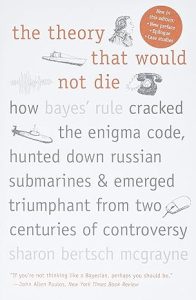
By Sharon Bertsch McGrayne
Drawing on primary source material and interviews with statisticians and other scientists, The Theory That Would Not Die is the riveting account of how a seemingly simple theorem ignited one of the greatest controversies of all time.
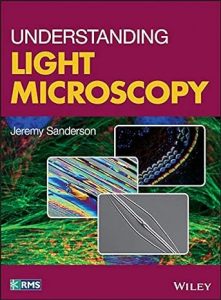
By Jeremy Sanderson
This informative, practical, full-colour guide fills the gap between specialised edited texts on detailed research topics, and introductory books, which concentrate on an optical approach to the light microscope. Chapters provide in-depth coverage of basic microscope optics and design; ergonomics; illumination; diffraction and image formation; reflected-light, polarised-light, and fluorescence microscopy; deconvolution; TIRF microscopy; FRAP & FRET; super-resolution techniques; biological and materials specimen preparation; and more.

By Hans Selye
A reprint of the famous classic, in which Dr. Selye explains how to overcome harmful effects of stress and how to use stress to your own advantage. He explores both biochemical and environmental facets of stress, stress and interpersonal relations, and offers readers a better understanding of their own bodies.
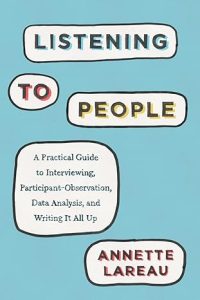
By Annette Lareau
Sociologist of education Annette Lareau covers from formulating a topic and honing it down to a good research question, obtaining IRB approval, finding a site and making introductions, conducting high-quality interviews and participant–observation, taking good notes and writing them up later, analyzing the data, and best of all, making clear how much the data analysis and the writing are part of the same process.

By Lorenz Adlung
This book introduces cellular and molecular biology on a basic level including detailed explanations and examples. This book helps students and experts from e.g. computer science, informatics, mathematics, physics, and related fields or even if you are in sales and marketing and want to have a better understanding of the biology behind certain products.











